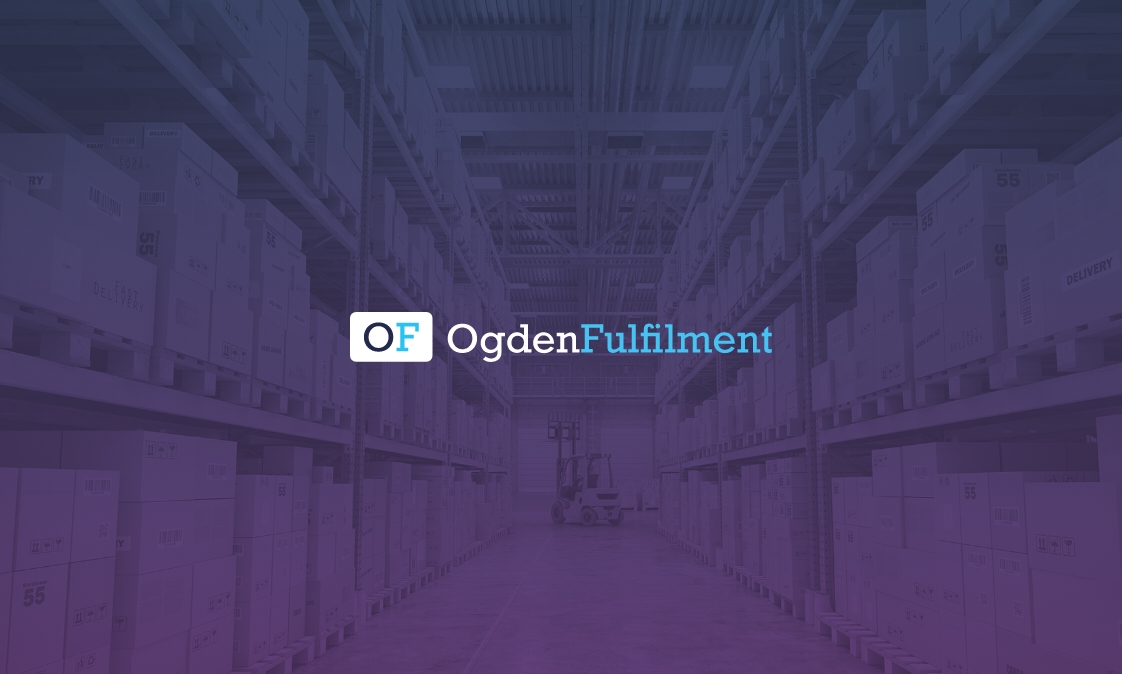The Future of Order Fulfilment – Trends 2025

02/01/2025 | Share:
As we move into 2025, the world of order fulfilment is poised for significant change. With advancements in technology and shifts in consumer expectations, online retailers must adapt to stay competitive. Here are some key trends in order fulfilment to watch out for in 2025, and how e-commerce businesses can capitalise on them to improve operations, meet customer demands, and drive growth.
1. Artificial Intelligence (AI) and Machine Learning in Fulfilment Operations
Artificial intelligence (AI) and machine learning algorithms are set to transform order fulfilment processes in 2025. By leveraging predictive analytics, e-commerce businesses can forecast demand with greater accuracy, ensuring optimal inventory levels and reducing costly overstocking or stock outs. AI-driven systems can also help automate warehousing tasks, streamline picking and packing, and enhance delivery route planning, leading to faster and more efficient fulfilment operations.
2. Warehouse Automation: A Game Changer for Fulfilment Efficiency
As e-commerce continues to grow, the demand for faster and more efficient fulfilment is increasing. In 2025, we can expect more e-commerce businesses to invest heavily in warehouse automation technology. Automated guided vehicles (AGVs), robotic pickers, and automated sorting systems are already improving efficiency in warehouses, reducing human error, and speeding up order processing times. With automation, businesses can scale operations and maintain a high level of operational efficiency to keep up with rising consumer demand.
3. Real-Time Data and Insights for Smarter Decision Making
 Real-time data is essential in modern fulfilment strategies. In 2025, businesses that leverage real-time tracking and analytics will be able to make more informed decisions about inventory management, shipping logistics, and customer service. By using data analytics platforms, companies can gain deeper insights into customer behaviour, monitor supply chain disruptions, and optimise their fulfilment processes in real-time. Real-time insights help businesses respond to changes in demand quickly, ensuring that they maintain a competitive edge.
Real-time data is essential in modern fulfilment strategies. In 2025, businesses that leverage real-time tracking and analytics will be able to make more informed decisions about inventory management, shipping logistics, and customer service. By using data analytics platforms, companies can gain deeper insights into customer behaviour, monitor supply chain disruptions, and optimise their fulfilment processes in real-time. Real-time insights help businesses respond to changes in demand quickly, ensuring that they maintain a competitive edge.
4. The Rise of Same-Day Delivery and Fast Shipping
Customer expectations for delivery speed are rising. In 2025, offering same-day delivery and faster shipping options will be crucial for e-commerce businesses looking to enhance customer satisfaction and loyalty. With advancements in logistics technology and more efficient fulfilment processes, providing faster delivery is becoming increasingly feasible. Businesses will need to adapt their supply chains and leverage local warehouses or fulfilment centres to meet the growing demand for quick shipping.
5. The Integration of Augmented Reality (AR) in Fulfilment
Augmented reality (AR) is not just for gaming; it’s making its way into fulfilment operations. In 2025, AR can be used to enhance the shopping and fulfilment experience. For instance, customers could use AR apps to virtually try on products or visualise how they would look in their homes before placing an order. On the operational side, AR could help warehouse workers quickly locate and retrieve items using smart glasses, improving pick accuracy and speeding up fulfilment times.
6. Sustainability and Carbon-Neutral Shipping
 With the growing focus on sustainability, e-commerce businesses in 2025 will need to adopt more eco-friendly fulfilment practices. Carbon-neutral shipping, sustainable packaging, and green logistics solutions will become a priority for consumers who are increasingly concerned about the environmental impact of their purchases. To meet these demands, businesses will need to invest in carbon offset programs, optimise shipping routes to reduce emissions, and work with fulfilment partners who prioritise sustainability.
With the growing focus on sustainability, e-commerce businesses in 2025 will need to adopt more eco-friendly fulfilment practices. Carbon-neutral shipping, sustainable packaging, and green logistics solutions will become a priority for consumers who are increasingly concerned about the environmental impact of their purchases. To meet these demands, businesses will need to invest in carbon offset programs, optimise shipping routes to reduce emissions, and work with fulfilment partners who prioritise sustainability.
7. The Growth of Social Commerce and Its Impact on Fulfilment
Social commerce, or shopping directly through social media platforms, is set to grow exponentially in 2025. As consumers continue to make purchases via platforms like Instagram, Facebook, and TikTok, businesses will need to integrate fulfilment strategies with these platforms. This means ensuring a seamless experience from product discovery to order fulfilment. Social commerce will push e-commerce businesses to develop more agile fulfilment solutions that can handle the rapid, real-time demands of social media-driven sales.
8. Cloud-Based Fulfilment Systems for Enhanced Flexibility
Cloud-based fulfilment platforms will continue to gain traction in 2025. These systems allow e-commerce businesses to scale operations easily, manage inventory across multiple locations, and streamline order processing. Cloud-based solutions also provide real-time updates, allowing businesses to monitor their fulfilment processes, track shipments, and optimise operations from anywhere in the world. This flexibility will be essential as businesses look to expand and adapt to changing market conditions.
9. Personalised Fulfilment and Customised Customer Experiences
In 2025, customers will expect more personalised fulfilment experiences. From customised packaging to tailored delivery options, e-commerce businesses will need to find innovative ways to create unique experiences for their customers. This could include offering gift wrapping, providing a choice of delivery windows, or even allowing customers to choose the delivery method based on their preferences. Personalised fulfilment will not only help businesses meet customer expectations but also drive brand loyalty.
10. Enhanced Customer Loyalty Through Fulfilment Excellence
 As the e-commerce landscape becomes more competitive, businesses will need to focus on retaining customers through exceptional fulfilment experiences. By ensuring fast, accurate, and hassle-free delivery, businesses can build customer loyalty and increase repeat purchases. In 2025, order fulfilment will play a key role in customer retention strategies. By leveraging customer data, businesses can create targeted loyalty programs and fulfilment strategies that reward repeat customers and enhance their overall shopping experience.
As the e-commerce landscape becomes more competitive, businesses will need to focus on retaining customers through exceptional fulfilment experiences. By ensuring fast, accurate, and hassle-free delivery, businesses can build customer loyalty and increase repeat purchases. In 2025, order fulfilment will play a key role in customer retention strategies. By leveraging customer data, businesses can create targeted loyalty programs and fulfilment strategies that reward repeat customers and enhance their overall shopping experience.
Conclusion
As we move into 2025, the future of order fulfilment is shaped by technological advancements, evolving consumer expectations, and the need for greater operational efficiency. Businesses that embrace these trends and invest in innovative solutions will be well-positioned to thrive in the rapidly changing e-commerce landscape. From AI and machine learning to sustainable fulfilment practices, staying ahead of these trends will be key to meeting customer demands and achieving long-term success in the competitive world of e-commerce.







